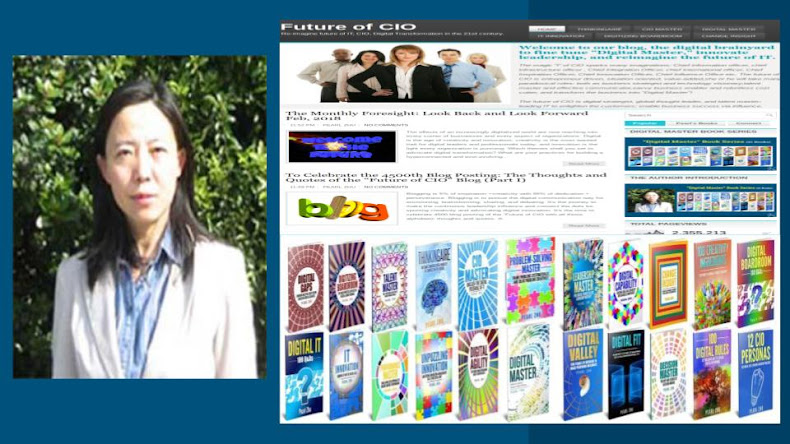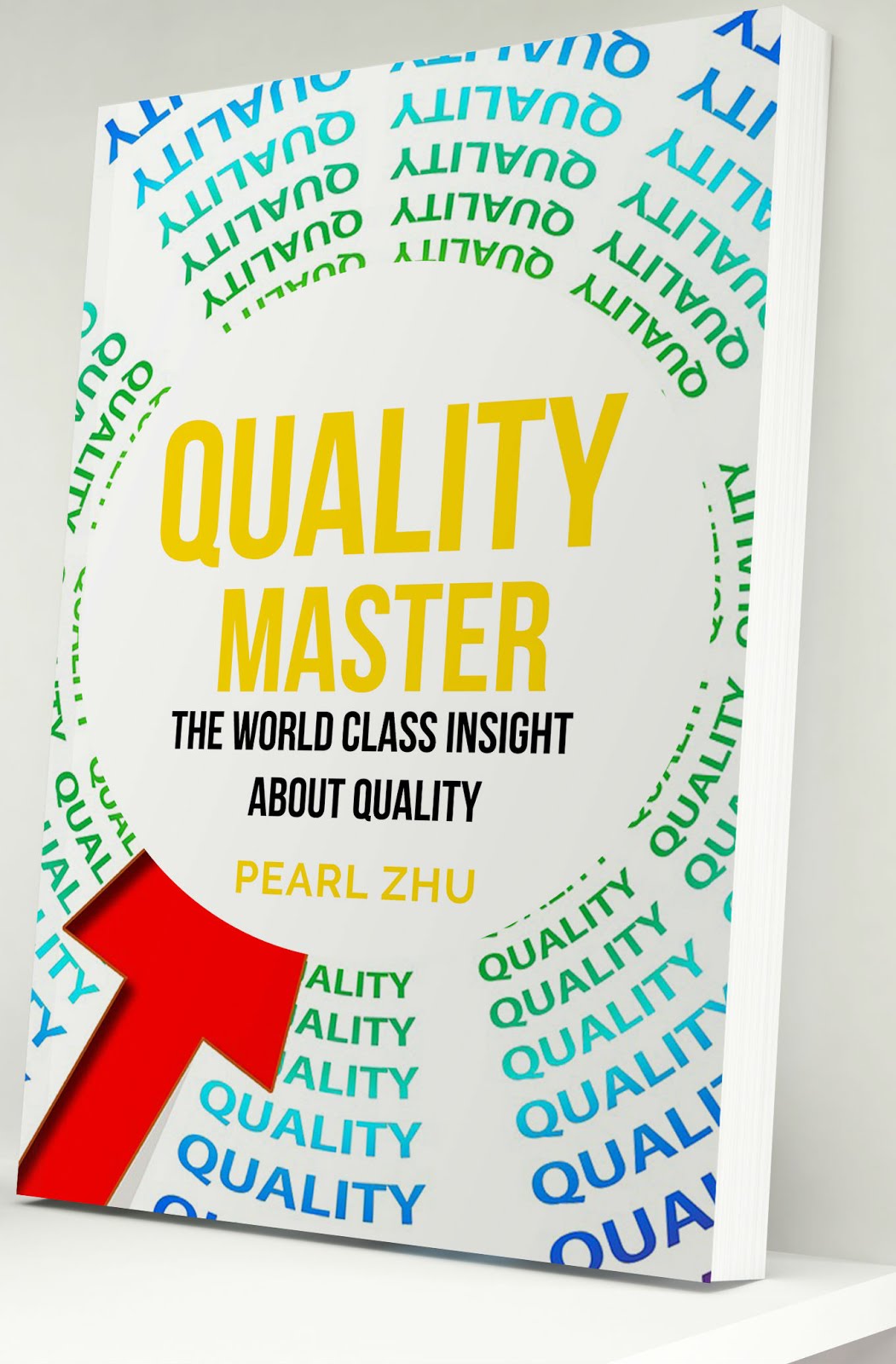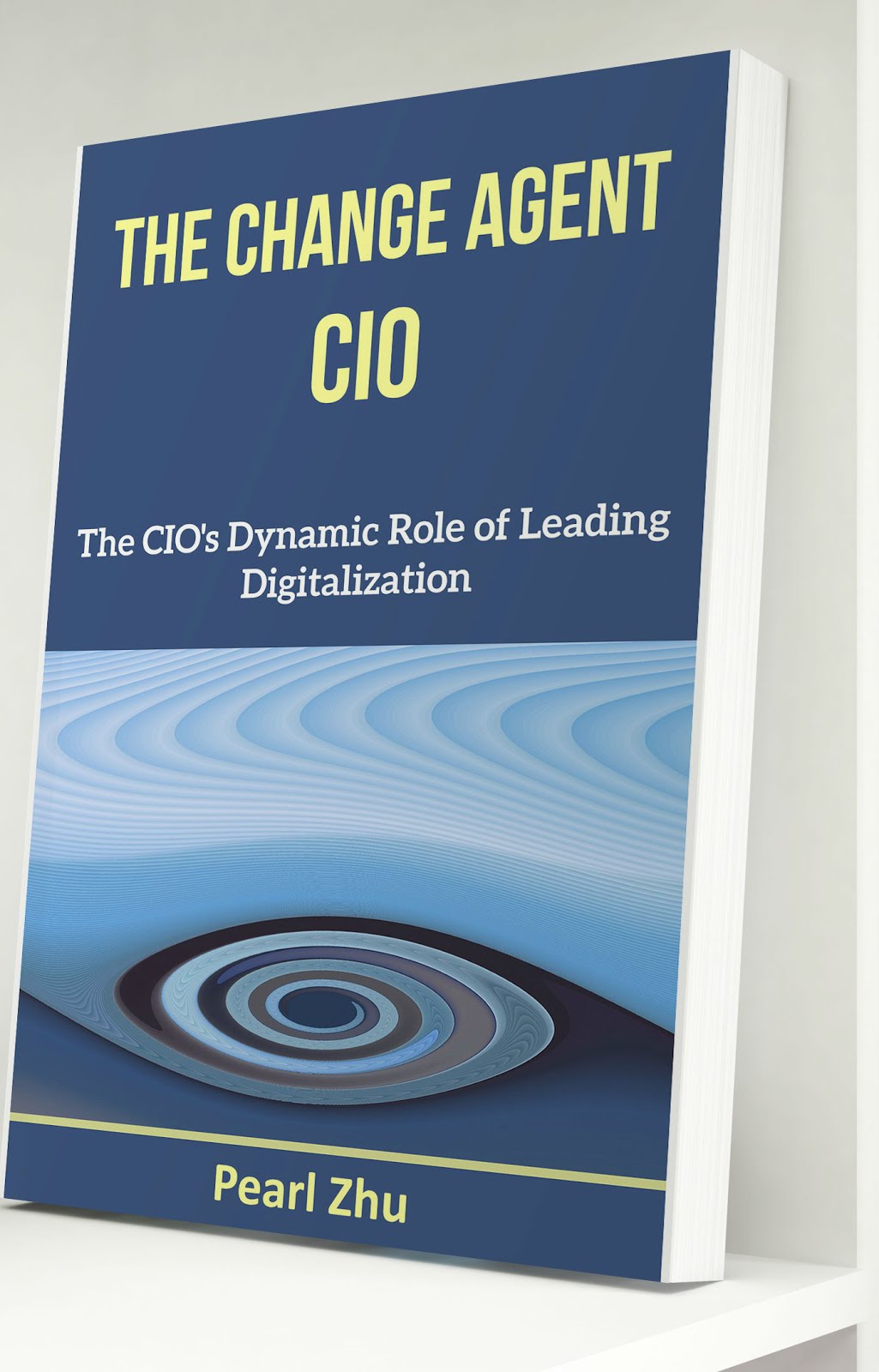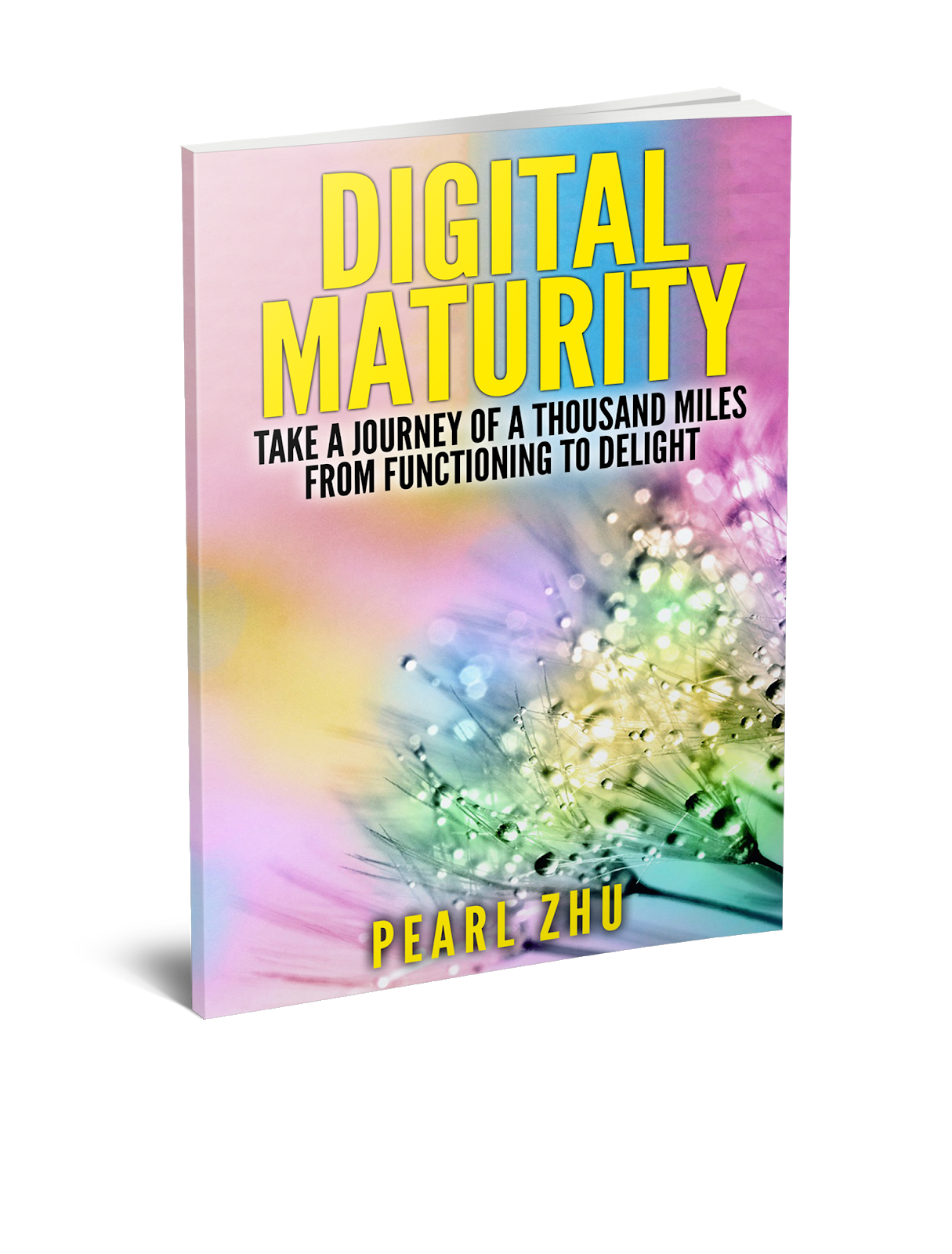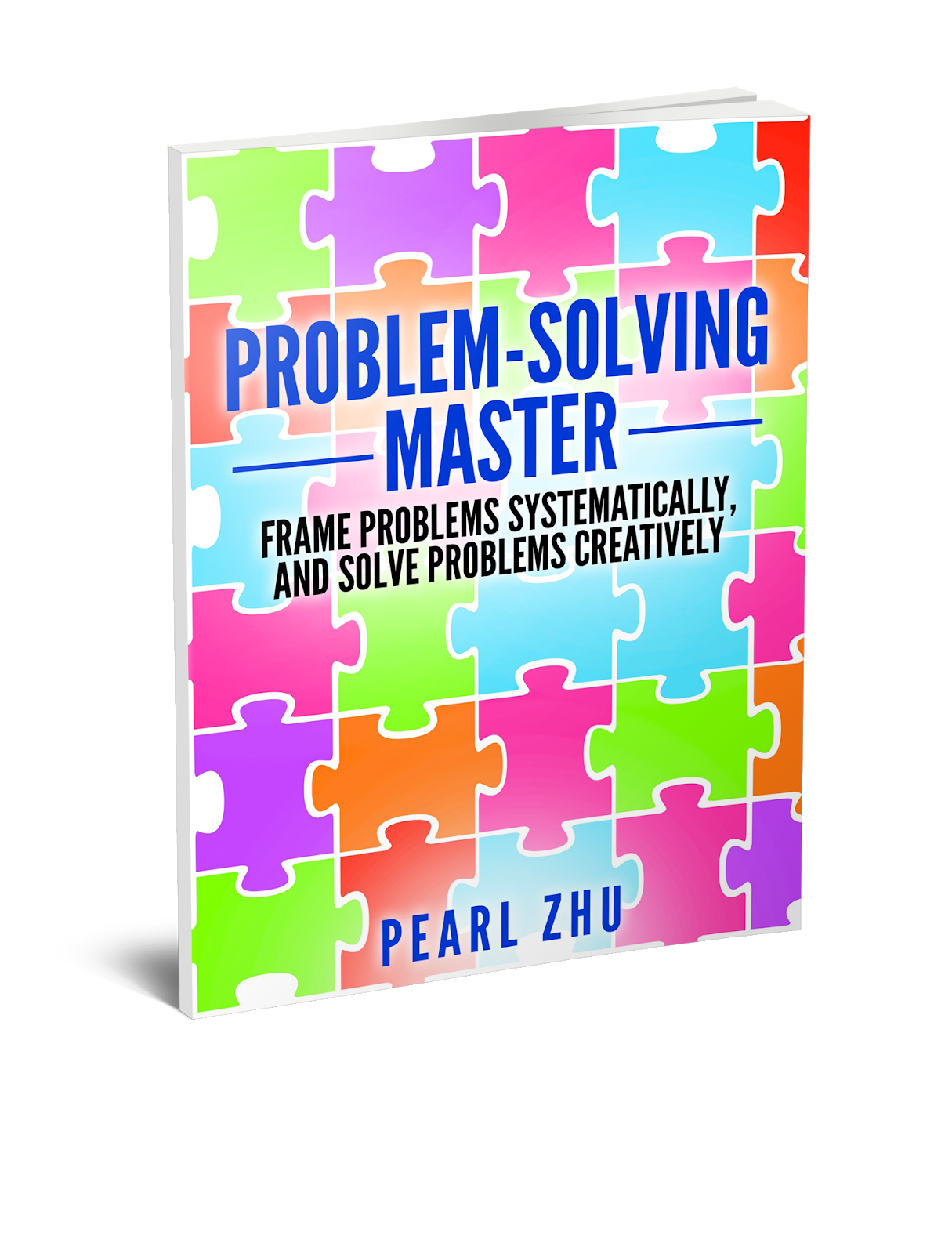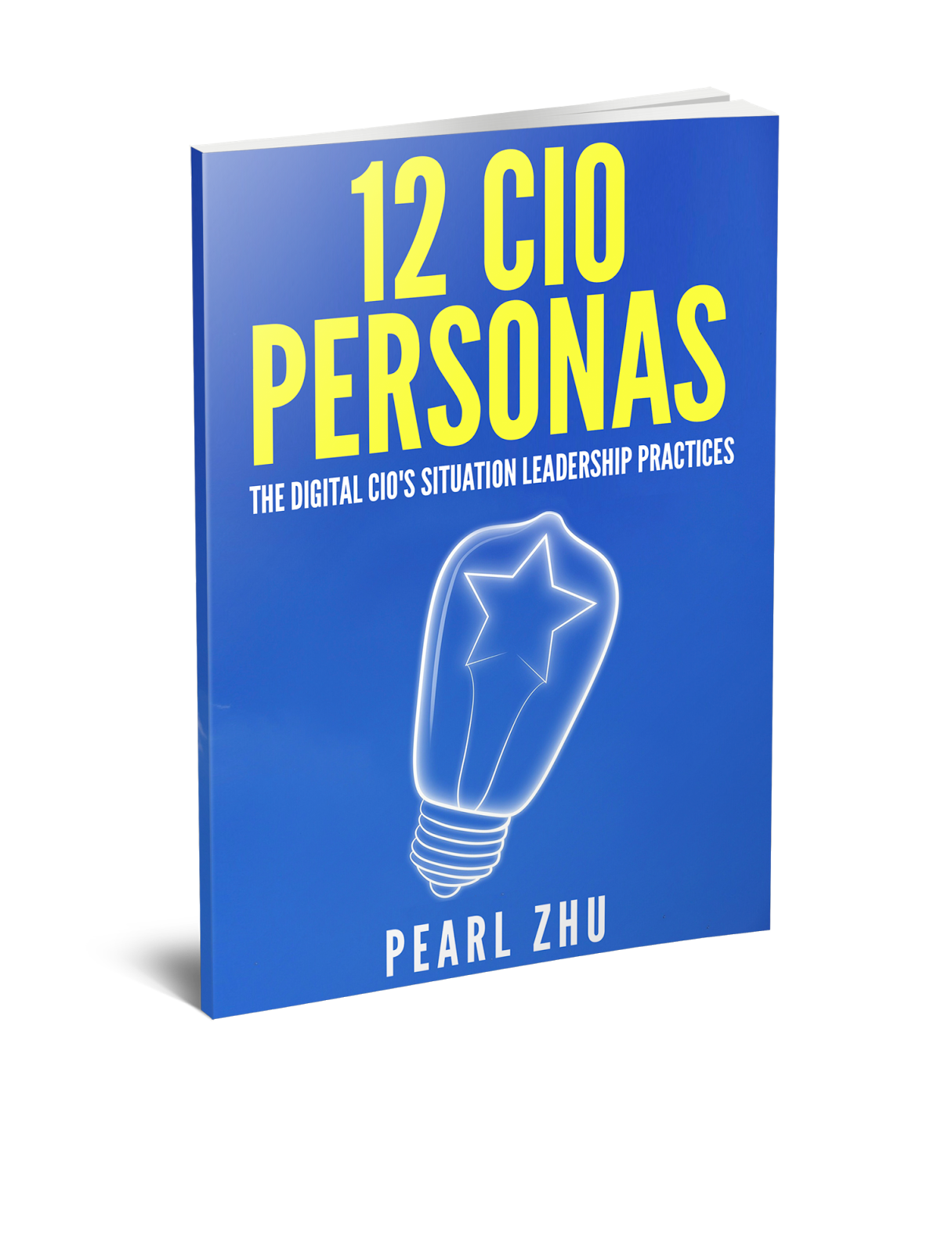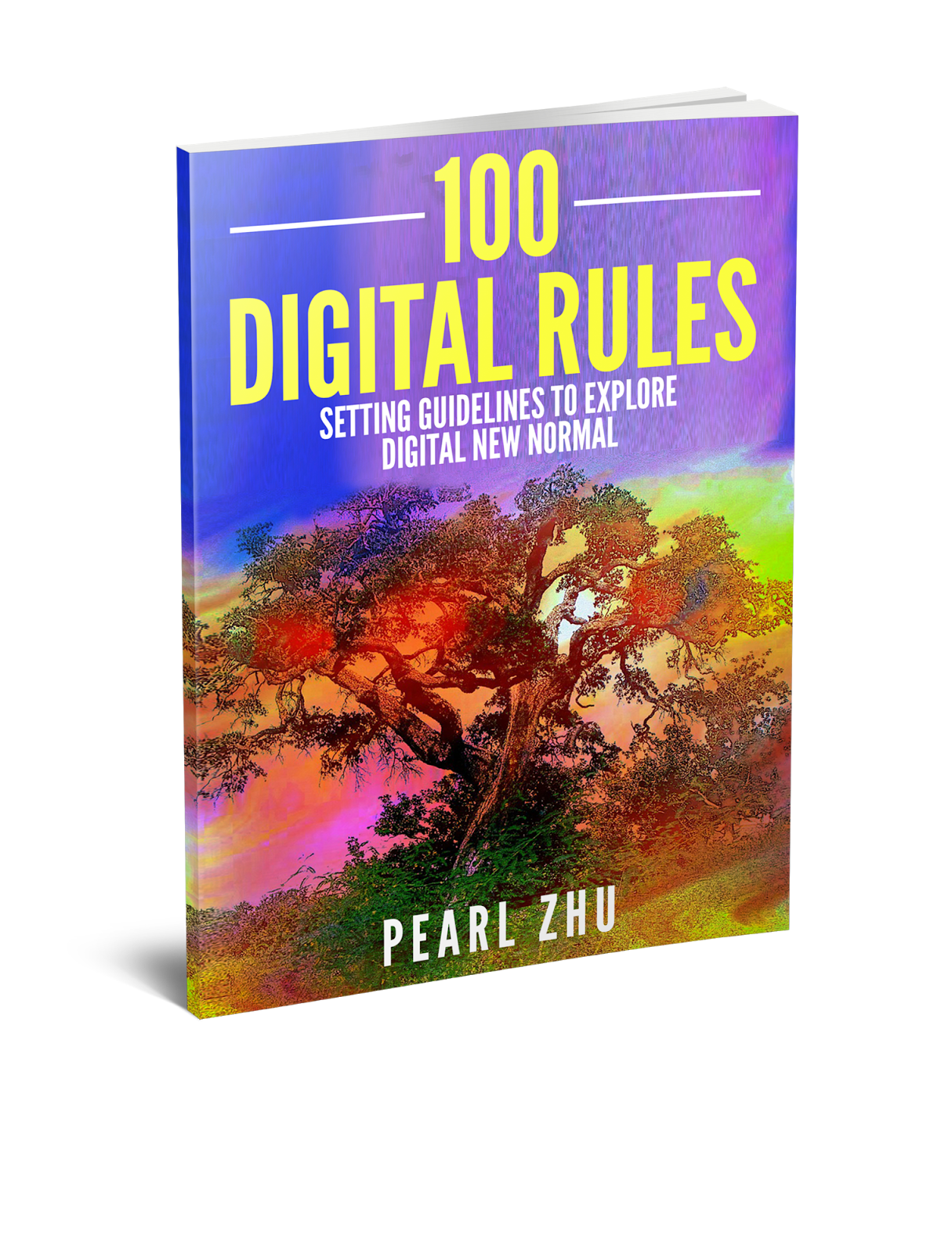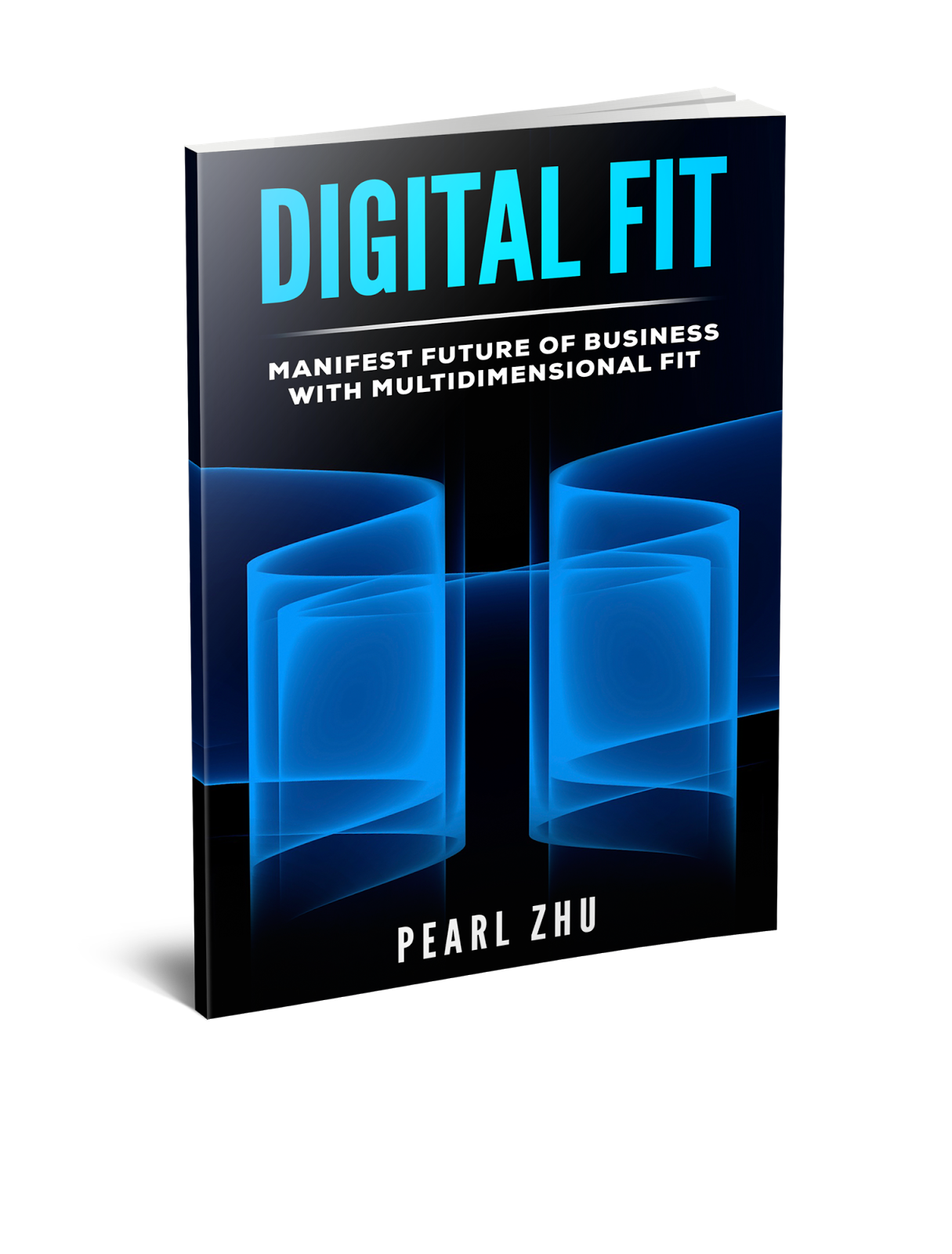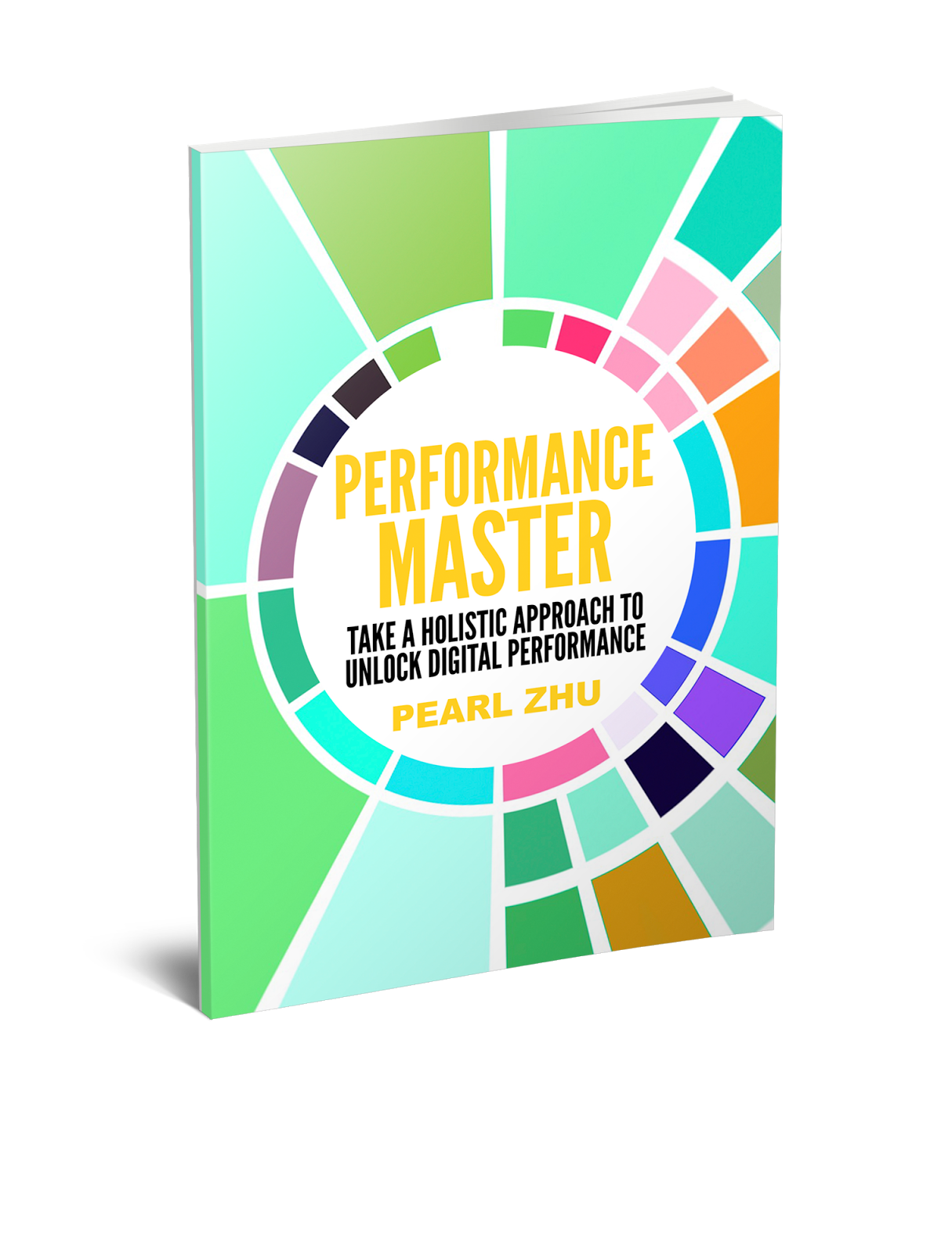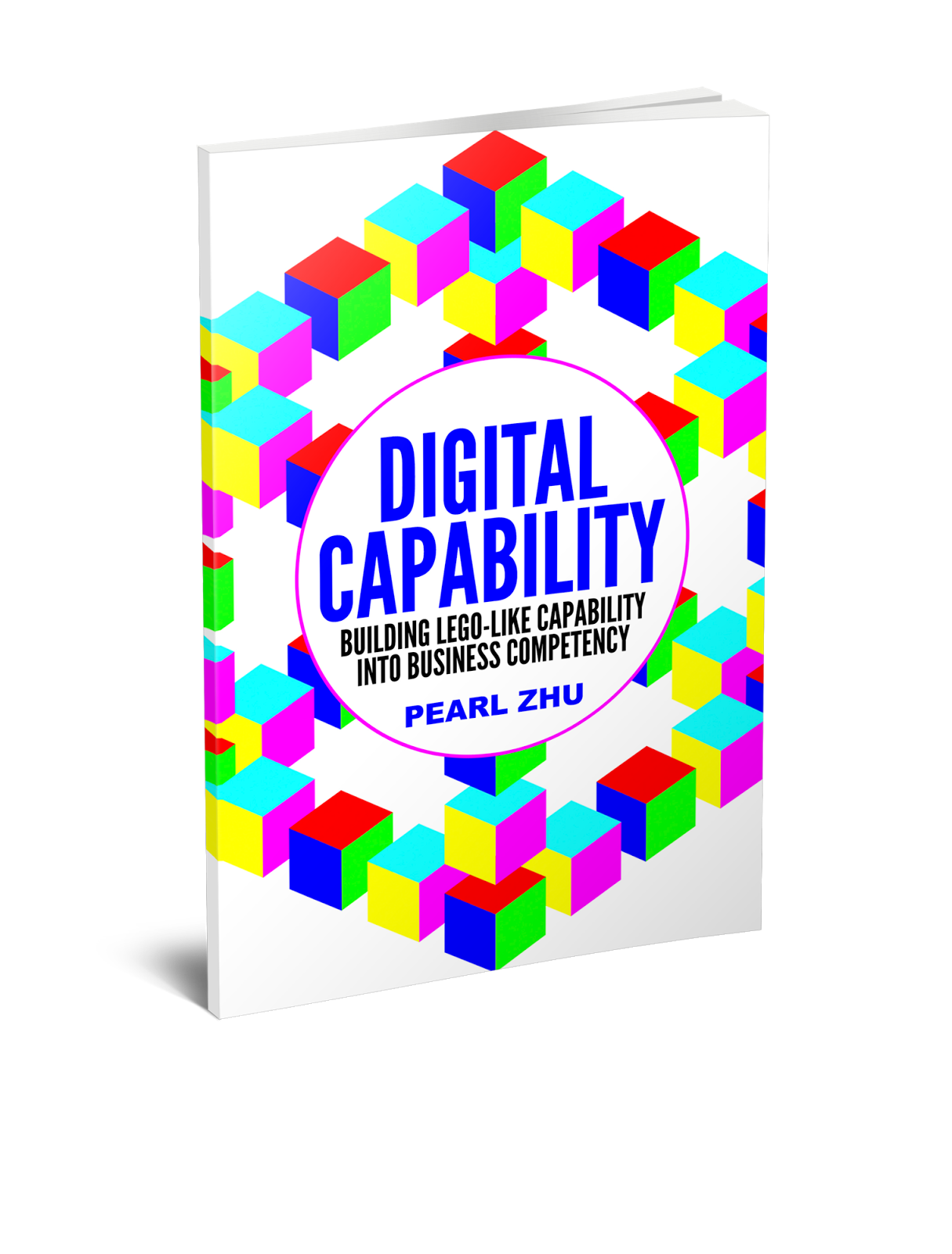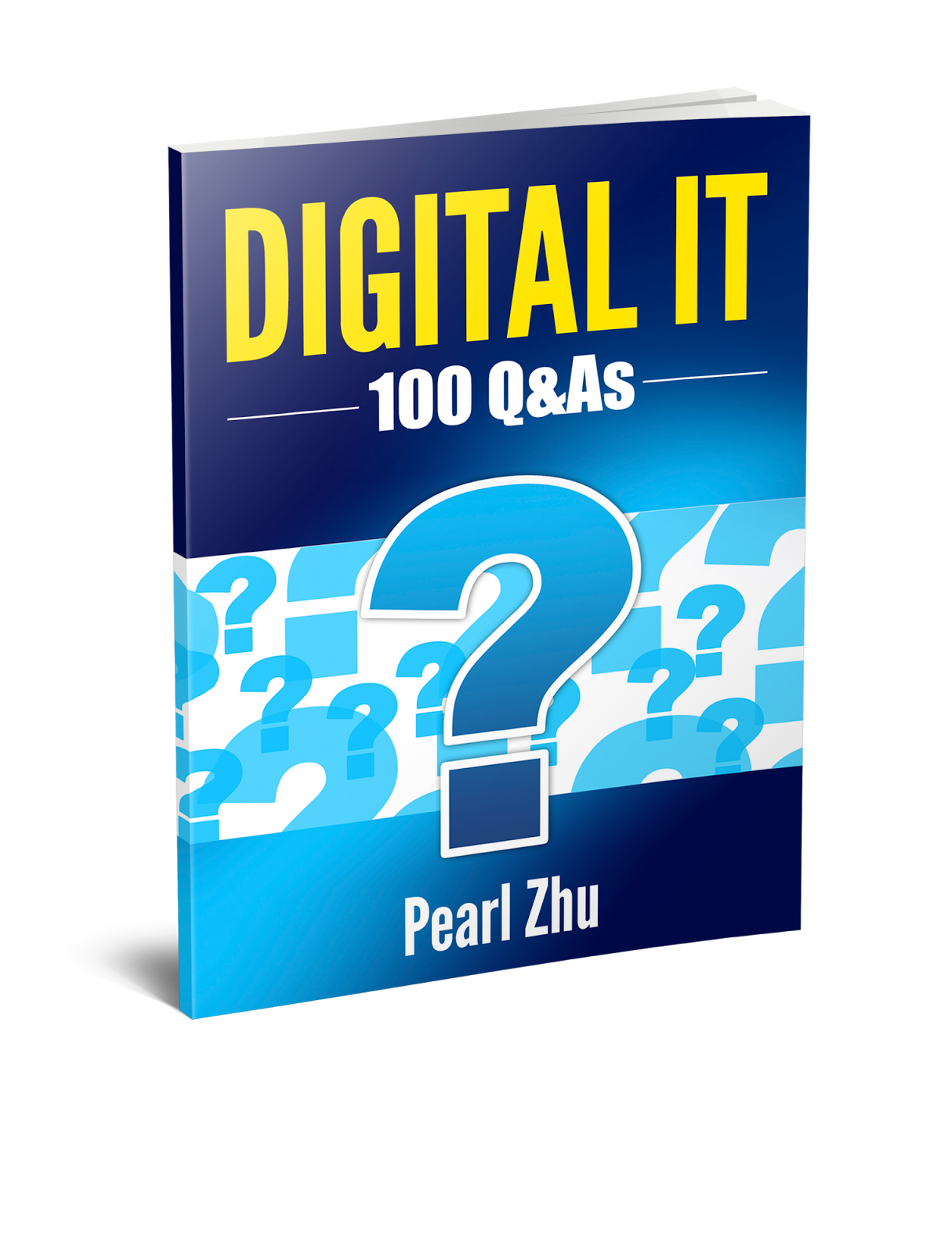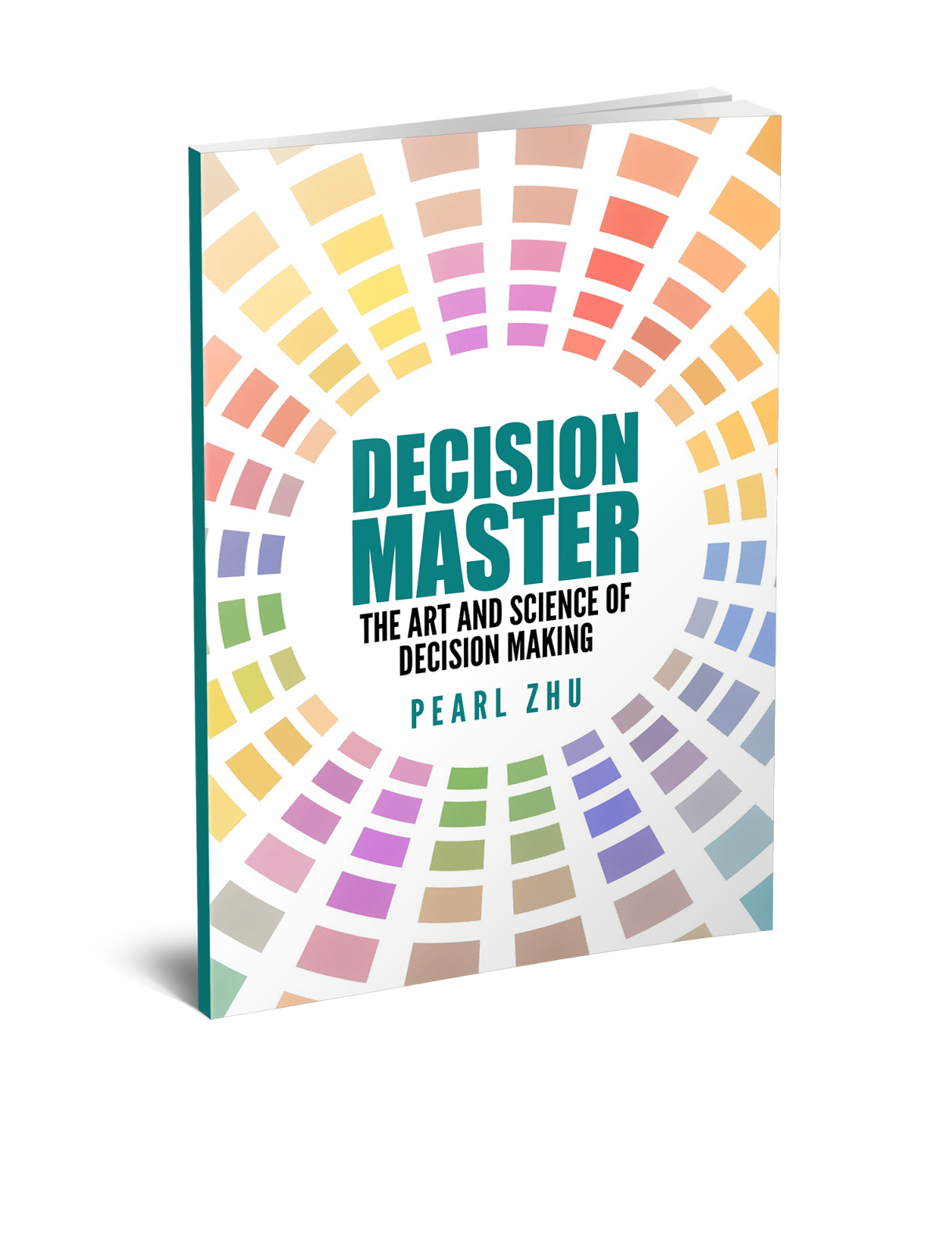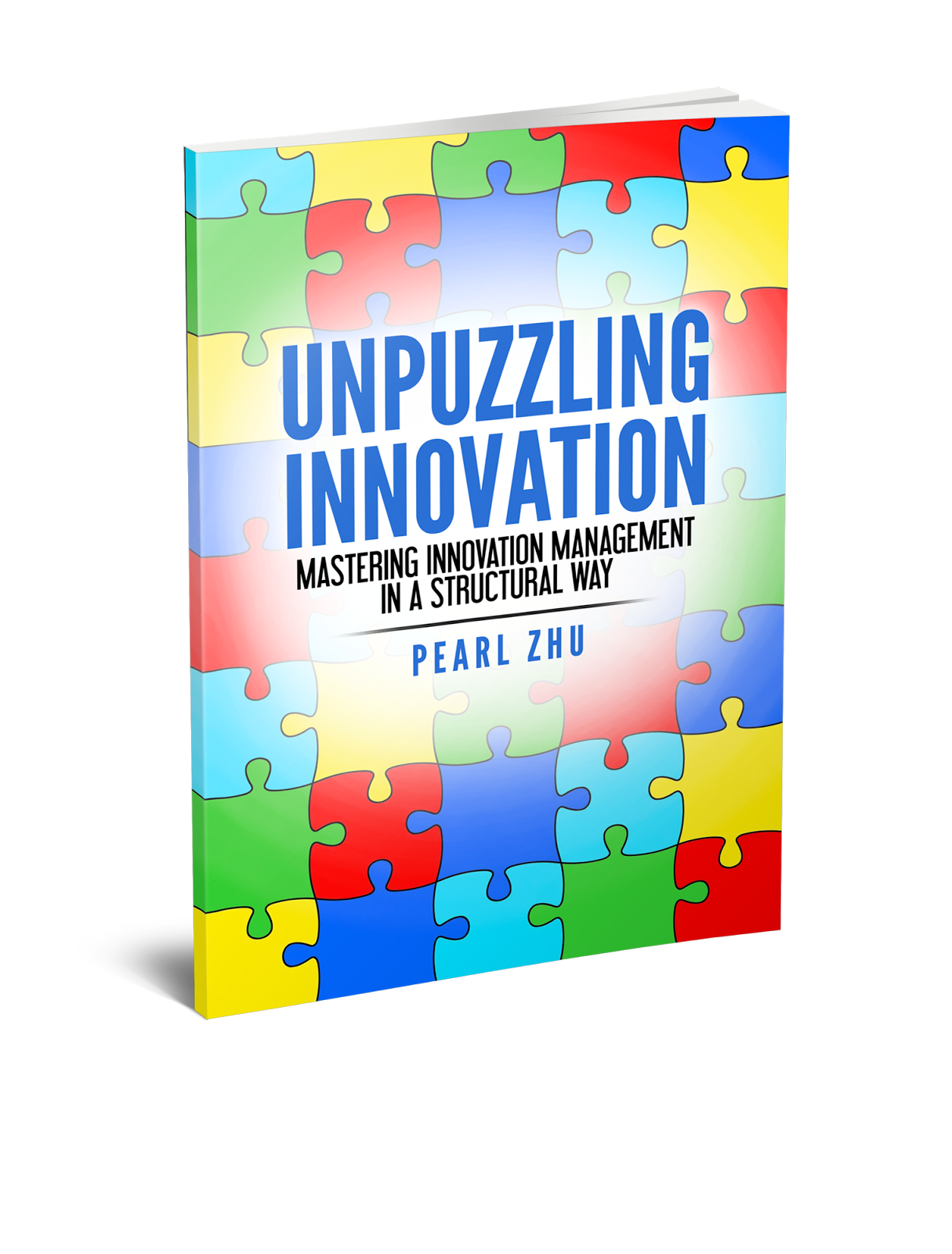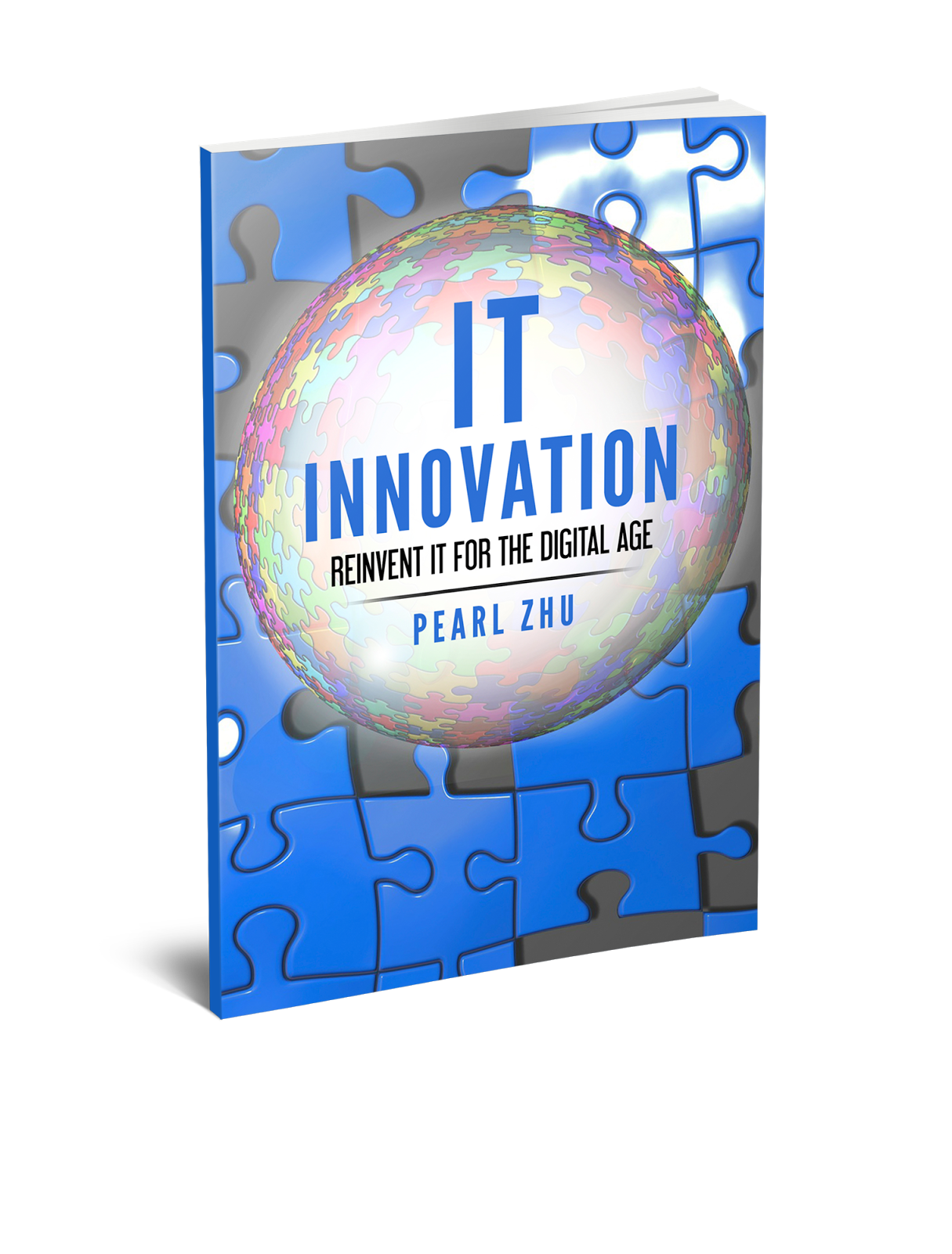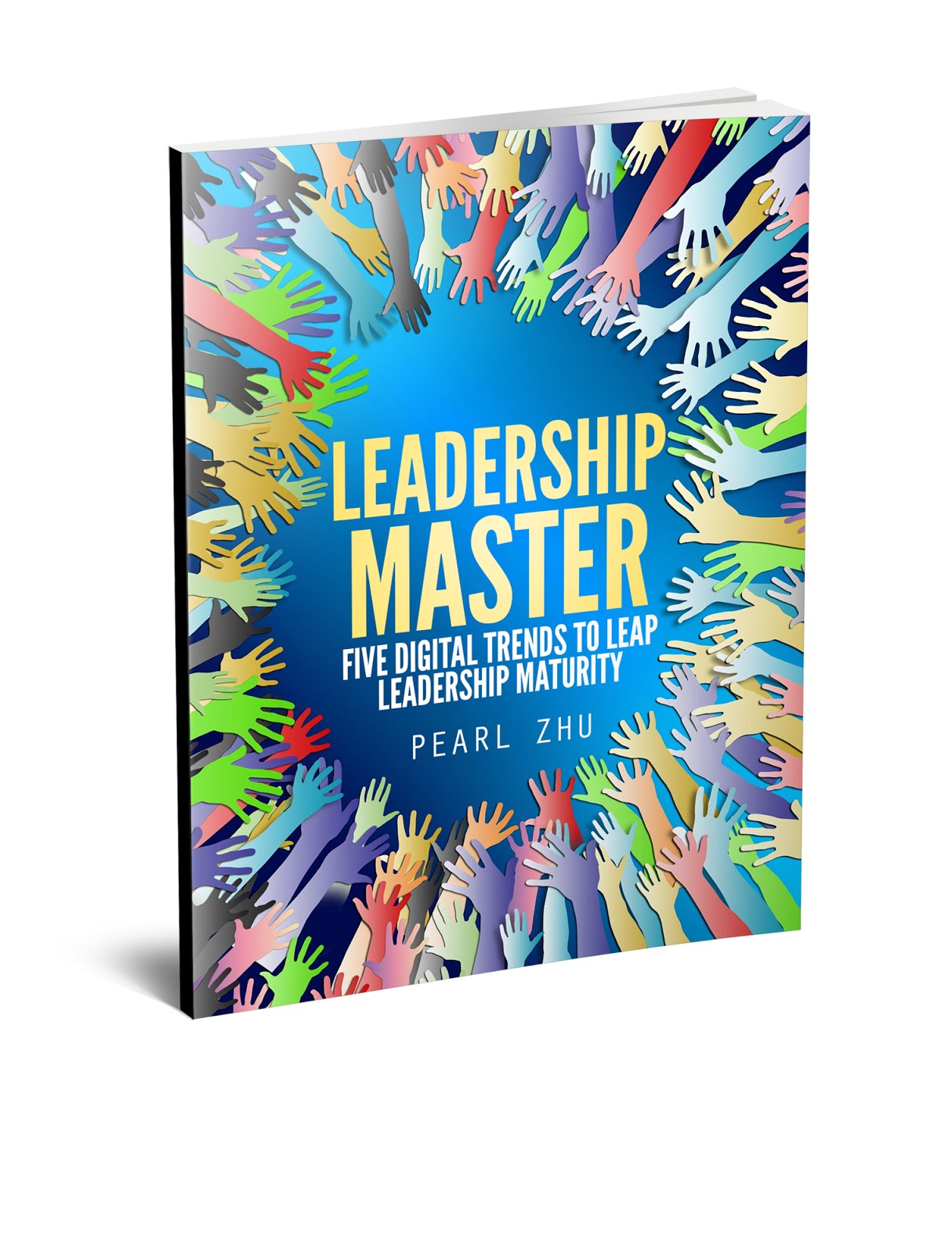It takes planning, methodologies, technologies, and practices to improve convergence effectiveness.
Hyperdiversity and overcomplexity are part of the new normal; organizations need to enhance integral management disciplines such as strategy, change, information technology, process, people management, etc. The digital era upon us means convergence, connectivity, and collaboration.
Convergence cycles consolidate, optimize, prioritize, and implement the best of business initiatives based on top business goals or resource availability, to bridge digital divides, achieve multifaceted business value, improve organizational agility, innovation and maturity.
Cross disciplinary science convergence to enhance holistic management discipline: Business management is both art and science; science is the discipline to progression, The convergence of hard and soft science allows people to see further, deeper, and cross disciplinarily for making meaningful movement, enabling people to understand issues from expanded lens, holistically, bake special formulas to solve complex problems smoothly.
Science, as a response to the use of positivistic methods for studying human phenomena and reinventing contemporary society, has embraced more holistic approaches to analyze, synthesize, induct or deduct, break down problems into smaller pieces; or integrate different pieces into the whole. The hard sciences such as mathematics, physics, engineering, etc, claim objectivity by way of structured methods and empirical data sets of assessment and measurement. Soft science such as anthropology, psychology, philosophy, etc, is the foundation for us to understand people or societies holistically, not just try to fix issues, but to prevent or resolve problems effectively.
Information technology convergence: We are stepping into the digital age with the convergence of enterprise IT and IT consumerization. IT is moving from a monolithic support center into a lightweight value generator. The very characteristics of digital organizations are hyperconnected, and interdependent; IT as a glue integrates different elements into unique business competency, keeps their organization fluid, flexible, informative, autonomous. The consumerization of IT changes the way people work and learn; today’s customers and employees expect applications to be as intuitive and task-oriented to improve their productivity, engagement and creativity.
As organizations make transition to a more "real-time enterprise"; the whole move towards non-monolithic applications has already happened. Consumerization of IT presents an opportunity for IT organizations to speed up the move toward being a proactive service provider. One of the biggest impacts from the consumerization of IT is in setting a new standard for what businesses expect from IT. It is actually a golden opportunity for IT to take the converging journey of digitalization, modernization, and innovation by enabling, optimizing and governing the consumer-driven information technology management.
GRC convergence: GRC is not about a single role or reporting structure, as there are separate functions/roles. Neither is GRC about lumping them together but allowing different roles to work together in harmony. An understanding of the relationship between corporate governance, risk management, compliance, controls, and strategies is fundamental to the successful implementation of GRC convergence.
In practice, the higher the complexity of the organization, and the complexity of the environment in which it operates, the higher the requirement for communication, coordination, and control in order to identify and manage risks quickly, meet performance baselines and generate multifaceted business value effectively. This asks for dynamic risk management resulting in a dynamic and integral GRC solution. The more diverse, the more geographically dispersed an organization becomes, the more important an integrated GRC approach becomes.
In the current dynamic environment as changes appear more often and fast, how can you achieve the company’s strategic goals or objectives fast, safe and cheap? When many ideas do not turn into innovations, business initiatives cross-boundaries do not generate multifaceted value, that is the 'fault' of careless convergence which leads to inadequate execution. It takes planning, methodologies, technologies, and practices to improve convergence effectiveness. Organizations need to capture emerging trends, keep consolidating, integrating and innovating, to improve business agility, optimize cost, and increase business speed smoothly.
Hyperdiversity and overcomplexity are part of the new normal; organizations need to enhance integral management disciplines such as strategy, change, information technology, process, people management, etc. The digital era upon us means convergence, connectivity, and collaboration.
Convergence cycles consolidate, optimize, prioritize, and implement the best of business initiatives based on top business goals or resource availability, to bridge digital divides, achieve multifaceted business value, improve organizational agility, innovation and maturity.
Cross disciplinary science convergence to enhance holistic management discipline: Business management is both art and science; science is the discipline to progression, The convergence of hard and soft science allows people to see further, deeper, and cross disciplinarily for making meaningful movement, enabling people to understand issues from expanded lens, holistically, bake special formulas to solve complex problems smoothly.
Science, as a response to the use of positivistic methods for studying human phenomena and reinventing contemporary society, has embraced more holistic approaches to analyze, synthesize, induct or deduct, break down problems into smaller pieces; or integrate different pieces into the whole. The hard sciences such as mathematics, physics, engineering, etc, claim objectivity by way of structured methods and empirical data sets of assessment and measurement. Soft science such as anthropology, psychology, philosophy, etc, is the foundation for us to understand people or societies holistically, not just try to fix issues, but to prevent or resolve problems effectively.
Information technology convergence: We are stepping into the digital age with the convergence of enterprise IT and IT consumerization. IT is moving from a monolithic support center into a lightweight value generator. The very characteristics of digital organizations are hyperconnected, and interdependent; IT as a glue integrates different elements into unique business competency, keeps their organization fluid, flexible, informative, autonomous. The consumerization of IT changes the way people work and learn; today’s customers and employees expect applications to be as intuitive and task-oriented to improve their productivity, engagement and creativity.
As organizations make transition to a more "real-time enterprise"; the whole move towards non-monolithic applications has already happened. Consumerization of IT presents an opportunity for IT organizations to speed up the move toward being a proactive service provider. One of the biggest impacts from the consumerization of IT is in setting a new standard for what businesses expect from IT. It is actually a golden opportunity for IT to take the converging journey of digitalization, modernization, and innovation by enabling, optimizing and governing the consumer-driven information technology management.
GRC convergence: GRC is not about a single role or reporting structure, as there are separate functions/roles. Neither is GRC about lumping them together but allowing different roles to work together in harmony. An understanding of the relationship between corporate governance, risk management, compliance, controls, and strategies is fundamental to the successful implementation of GRC convergence.
In practice, the higher the complexity of the organization, and the complexity of the environment in which it operates, the higher the requirement for communication, coordination, and control in order to identify and manage risks quickly, meet performance baselines and generate multifaceted business value effectively. This asks for dynamic risk management resulting in a dynamic and integral GRC solution. The more diverse, the more geographically dispersed an organization becomes, the more important an integrated GRC approach becomes.
In the current dynamic environment as changes appear more often and fast, how can you achieve the company’s strategic goals or objectives fast, safe and cheap? When many ideas do not turn into innovations, business initiatives cross-boundaries do not generate multifaceted value, that is the 'fault' of careless convergence which leads to inadequate execution. It takes planning, methodologies, technologies, and practices to improve convergence effectiveness. Organizations need to capture emerging trends, keep consolidating, integrating and innovating, to improve business agility, optimize cost, and increase business speed smoothly.





































